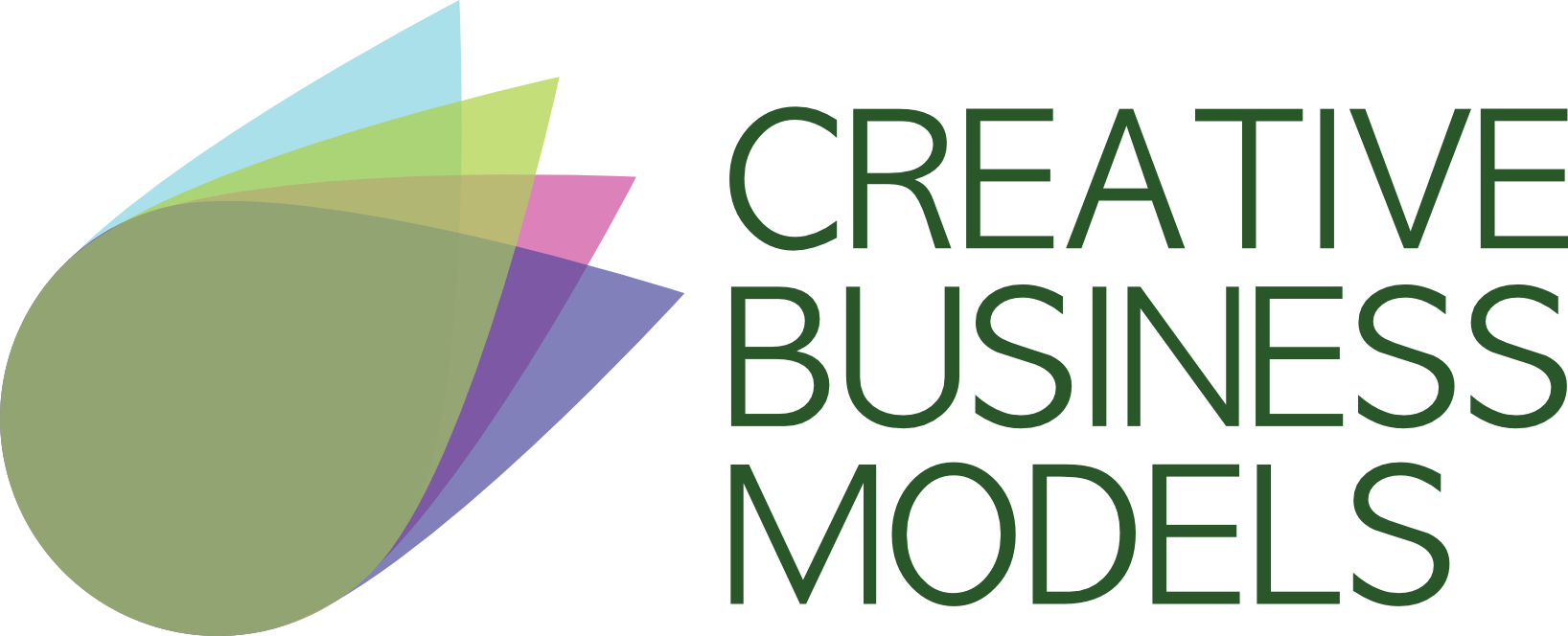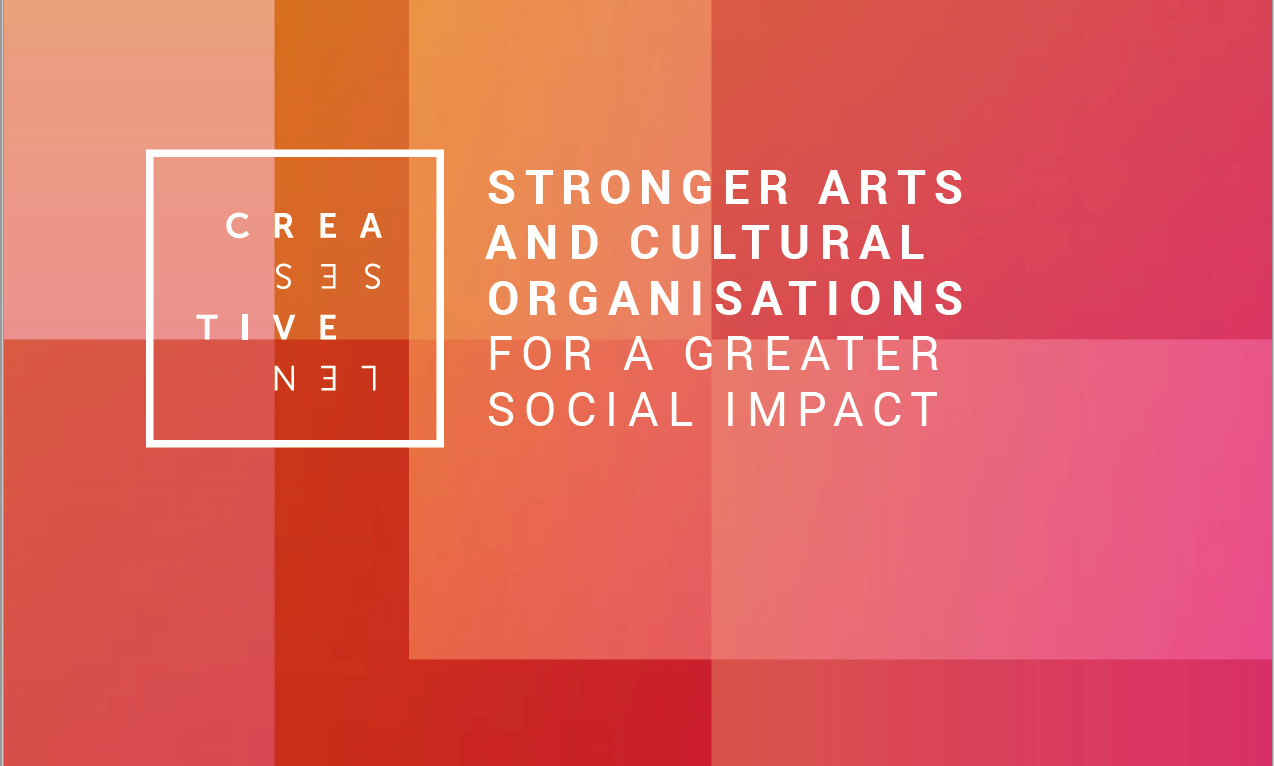Over the last four years, the team of the Creative Lenses project, co-funded by the Creative Europe program of the European Union, explored the issue of sustainability of European arts and cultural organisations. In particular, Creative Lenses aimed to address the question of how might cultural organisations become more financially sustainable without compromising their missions and values to achieve “stronger arts and cultural organisations for a greater social impact”. Also, its mission was to empower cultural organisations with knowledge, methods and tools to become more resilient so they can better create value for society. Some of the main tasks of Creative Lenses were, therefore, to research and explore business models in the cultural sector and whether the concept of the business model was a useful tool to drive organisational change and reflection.
In their research, one of the questions was whether it is possible to identify common business models in the arts and cultural field? The answer is both yes and no. No, it is not possible to distil the particular interplay of factors that make each organisation’s business model distinctive into an overarching label without losing some of the contextual complexity and social, place-based relations and aesthetic and artistic concerns which make each organisation and its business model unique. However, yes, there are sufficient differences between models (how an organisation co-creates and captures value) in use across the sector as well as adequate common features to make an approximation of archetypes fruitful as a basis for further scholarly analysis or for use by practitioners as a point of comparison.
Adopting this viewpoint, the researchers distinguished between six different ideal types of business model within arts and cultural organisations. A combination of these may exist concurrently in any single organisation. In some cases, these models mutually reinforce one another. For example surpluses from one model (providing services to paying customers such as running a café) cross-subsidise other models (such as commissioning performing artists to produce a show). The research suggests there is significant similarity within organisational fields as regards business models. In their sample, the performer model was dominant across performing arts organisations where it was supplemented by service and landlord models. Similarly, cultural centres used the multi-sided hub model, often supplemented by landlord models, again with other models running concurrently.
Below you can find a short overview of the six business model variants. For more information, we encourage you to review the complete report, which is available for free.
| Business model variant | Example activities & assets | Underlying business model activities & assets |
| Performer mode | Activities include creating a show or performing in a show. Assets include creative and production expertise. Revenues might come from ticket sales or artist fees. | A solutions model in which creator and audience are present during the performance. |
| Product model | Activities include writing music or creating a physical artwork. Assets include creative and production expertise. Revenues might be from artist fees, licensing intellectual property or sales. | A product model in which a creator generates an artwork but is not directly involved in the audience experience. |
| Commissioner model | Activities include commissioning a show, cultural programming, connecting with audiences. Assets include expertise, relationships and data. The commissioner typically pays a fee and receives income from funders and/or ticket sales. | A match-making model – the cultural organization is a mediator putting on a program/show by creators and engages/finds audiences and other partners. |
| Landlord model | Activities include renting out studio, office or co-working space. Assets include access to a venue and expertise in facilities management. Revenues come from rental income and/or non-financial income. | A solutions model in which venue and tenants and other users of the space are involved. |
| Hub model | This involves running a venue, platform or festival with multiple intersecting activities. Assets include expertise in cultural programming, audience development, staff expertise and data. The hub receives income from funders and/or ticket sales but also provides access to others without payment. | A multi-sided model which convenes more than two participants in generating value, although not all of them pay. |
| Service model | Activities include delivering an event for a customer; running workshops or courses; running a café or bar; providing services to tenants. Assets include expertise in teaching, training or providing catering or bar services. Revenues include income from delivering services. | A solutions model – provider and customer are present during the service. |



